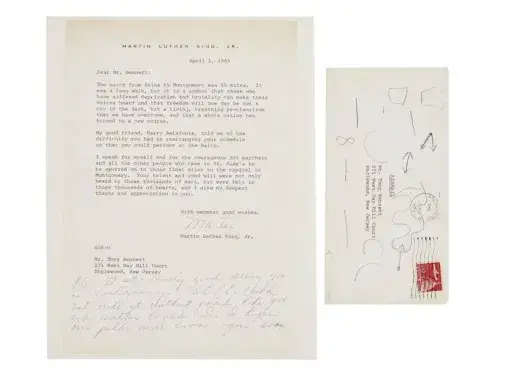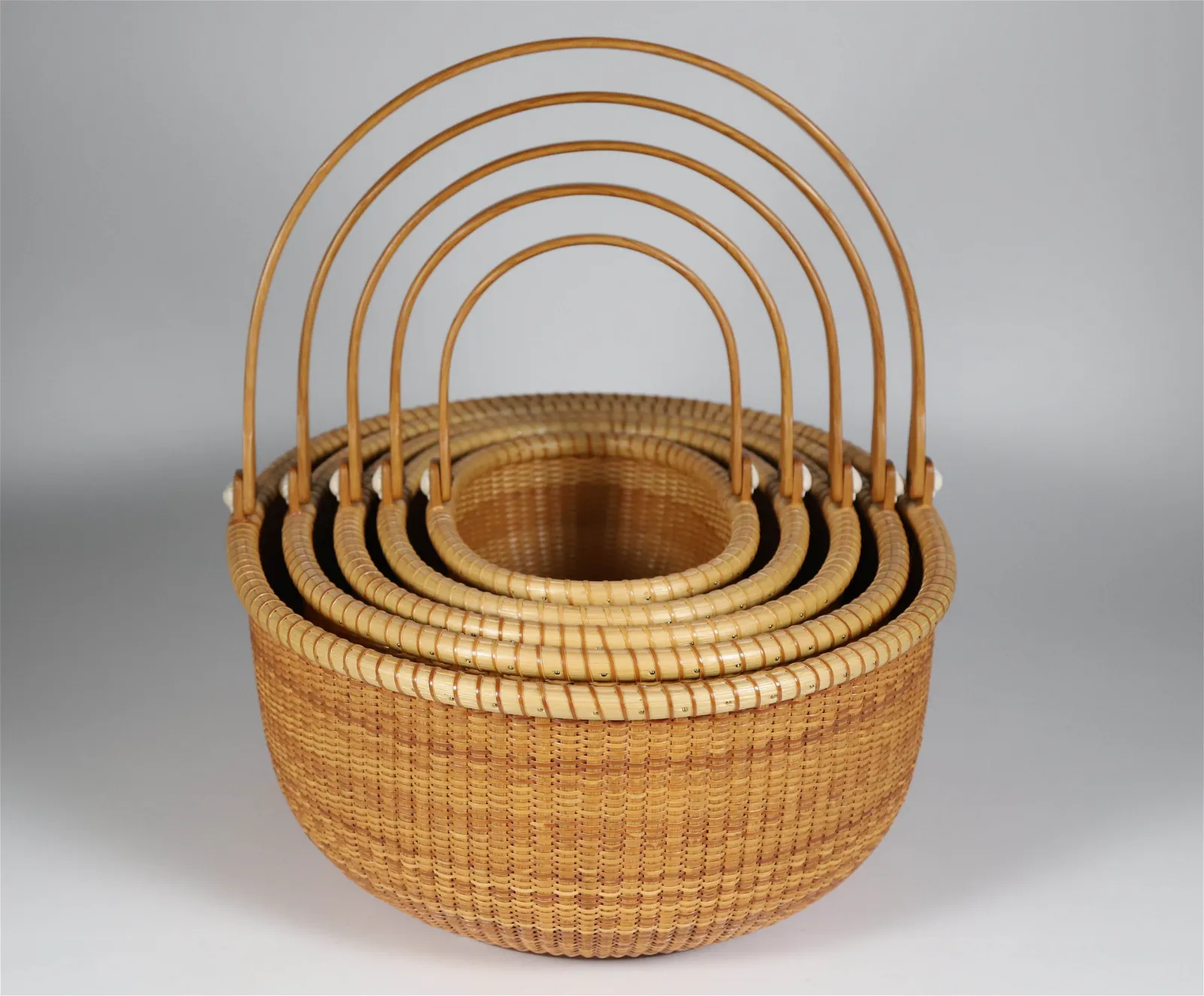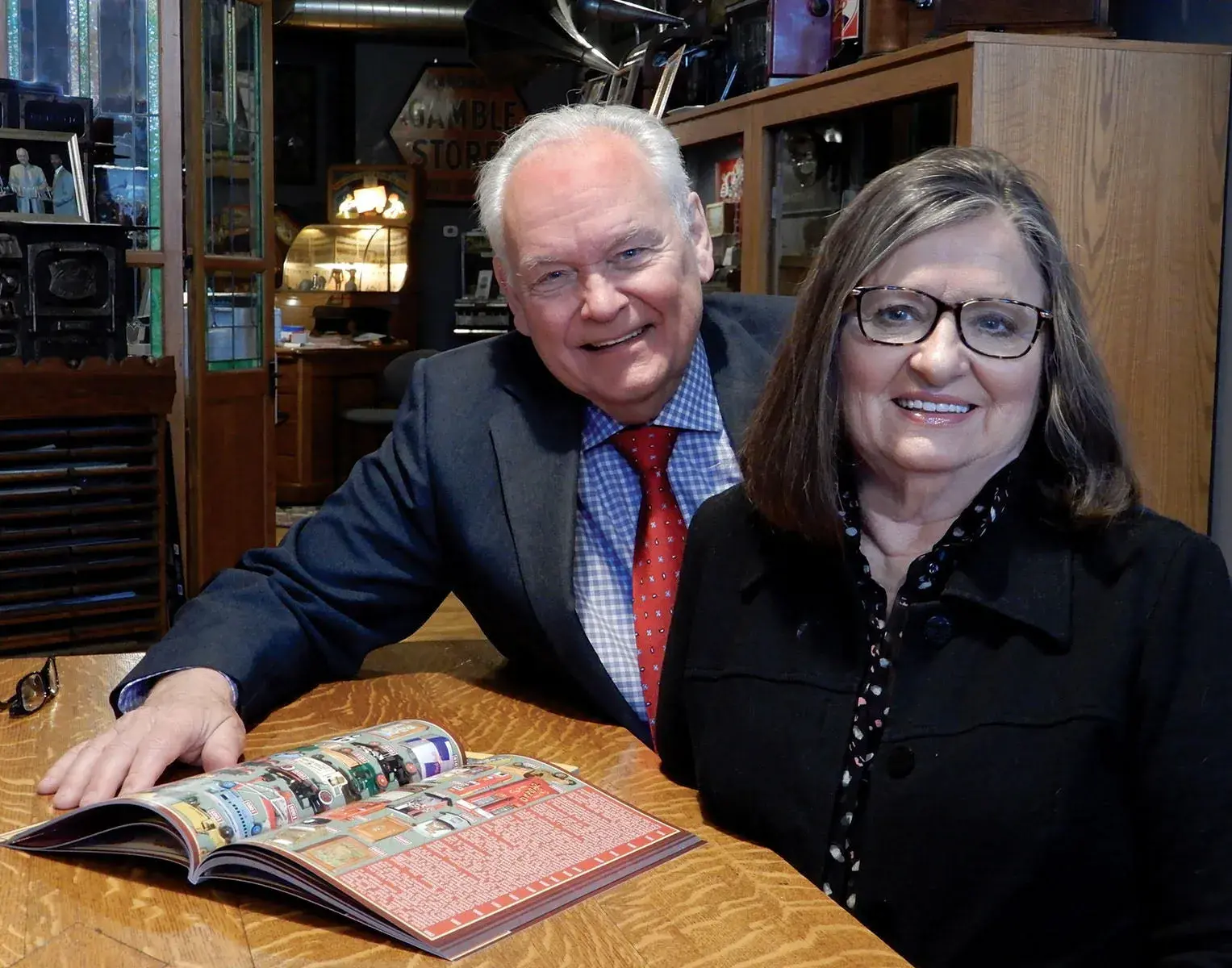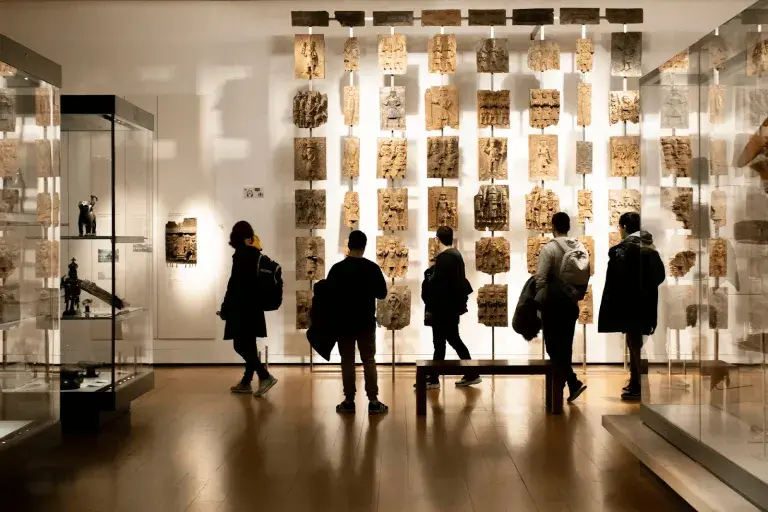Segment of the Eiffel Tower’s Original Staircase Sells for Over $300,000
When the Eiffel Tower opened to the public on May 15th, 1889, many Parisians were not fans. Legend has it that writer Guy de Maupassant visited the restaurant inside the Eiffel Tower just to get a view of Paris without the iron eyesore. Now, though, the tower is synonymous with the city. In the auction world, several segments of the Eiffel Tower’s original staircase have been made available and far exceeded estimates.
The most recent example came earlier this month, on December 1st, when the French auction house Artcurial offered a piece of the tower’s original spiral staircase. The lot beat its pre-sale low estimate (EUR 30,000 or USD 36,336) nearly tenfold, eventually crossing the auction block for EUR 274,475 (USD 332,455).

Despite the spirited bidding, the lot did not set the auction record for a segment of the Eiffel Tower’s original staircase. That title still belongs to a 2016 lot, also offered by Artcurial, which sold for EUR 523,800 (USD 634,447). The staircase piece caused an intercontinental bidding spree, with bids bouncing back and forth between collectors there in person and those over the phone.
The 2016 lot sold for nearly twice as much as the 2020 example. However, both pieces contained the same number of steps, 14. They both also came from the same section of the Eiffel Tower. Back in 1889, these segments were part of a spiral staircase that connected the second and third floors. The staircase was in use for nearly a century before being replaced with a lift in 1983.

After its removal, the staircase was cut into 24 segments. 20 of those pieces were made available at auction. Eventually, they ended up in museums, private collections, and public displays around the world. One segment of the Eiffel Tower’s original staircase, for example, can be found next to an iconic American landmark with its own French roots: the Statue of Liberty.
In the Eiffel Tower’s very first days in 1889, every visitor had to climb 1,710 steps if they wanted to get to the top. This did not deter many of the guests, though, who were in Paris for the 1889 Exposition Universelle and were eager to see the tower built for the occasion. The Eiffel Tower would end up welcoming around 12,000 visitors per day during the exposition.

By the end of May 1889, lifts allowed guests faster transport to the top. Yet, the original staircases remained in use for decades to come. Nowadays, visitors can still climb about 700 steps to the second floor of the Eiffel Tower. “You have to climb at your own pace, calmly, because the road is long,” cautions Landmarks of the World. From the second floor, though, these adventurous visitors will have to rejoin everyone else in the lift, where they can also catch their breath.
Want to learn more about unusual items put up for bidding? Auction Daily recently looked at meteorites at auction, how much they sell for, and how to preserve them.









